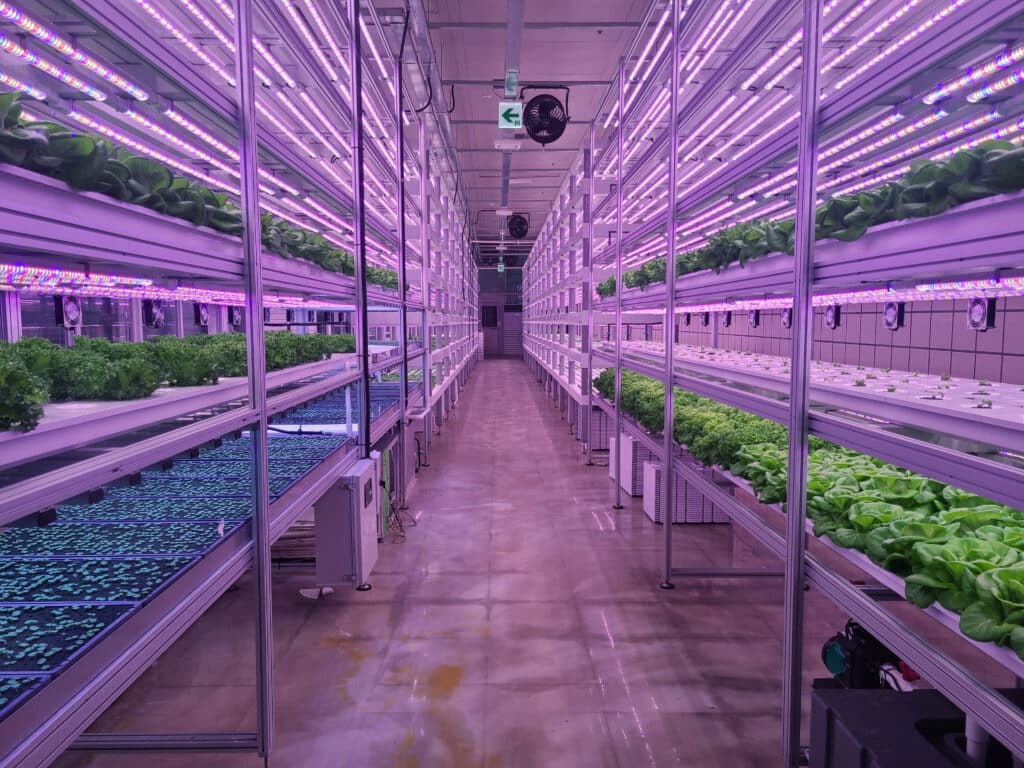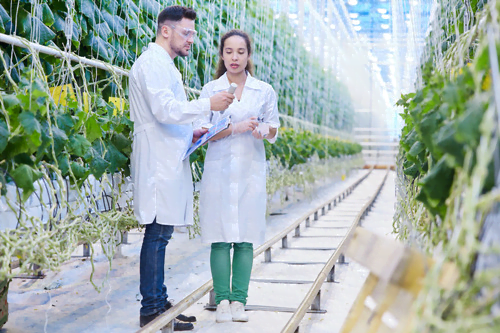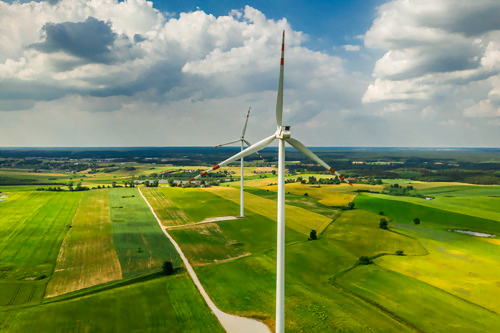Sustainable Agriculture for Economic Profitability
Sustainable agriculture is a way of farming that meets the current and future needs of food production, while minimizing the negative impacts on the environment, society and economy. Sustainable agriculture aims for establishing many prominent things such as – conserve natural resources, enhance soil health, reduce greenhouse gas emissions, improve animal welfare and ensure food security and quality.
It focuses on profiting farmers and promoting rural economies while protecting natural resources for long-term productivity. This paper mainly focuses on the sustainable agriculture practices and systems (SAPSs) in India.
The global sustainable agriculture market was estimated to reach $31.35 by 2031 at a CAGR of 10.17%. Rising consumer demand for organic foods, stringent regulations to curb chemical usage and government initiatives are major growth drivers.

The Indian agriculture market is valued at $355.52 billion in 2023 and is expected to reach $ 451.59 billion by 2028 at a CAGR of 4.9%. Sustainable agricultural practices aim to meet society’s food and textile needs in an environmentally friendly and socially responsible way.
Some of the key advantages of adopting sustainable practices
- Soil health: Organic matter addition through composting, green manuring and reduced tillage enriches soil microbiology and structure. This improves water retention, yields and resilience against droughts and floods.
- Water conservation: Techniques like mulching, drip irrigation, watershed management and rainwater harvesting optimize water usage. This is critical in water-stressed regions.
- Biodiversity: Crop diversity, integrated pest management and habitat conservation boost beneficial insects, pollinators and wildlife on farms. This natural pest and disease control lowers dependence on chemicals.
- Energy efficiency: Minimum or no-till practices, use of renewable energy sources and manual labour over machinery reduce fossil fuel usage and greenhouse gas emissions from agriculture.
- Livelihoods: Localized food systems provide fair incomes to smallholder farmers and rural communities through reduced input costs and premium prices for sustainable products.
- Resilience: Diversified, flexible production systems along with healthy soils can better withstand impacts of climate change like erratic rainfall.
While agricultural operations provide unique opportunities to conserve biodiversity, they also can threaten wild species and spaces. From habitat loss to pollution, agriculture contributes to many of the environmental challenges that WWF actively addresses.
Few of the impacts of not practicing sustainable agriculture are
- POLLUTION
Agriculture is the leading source of pollution in many countries. Pesticides, fertilizers and other toxic farm chemicals can poison fresh water, marine ecosystems, air and soil. They also can remain in the environment for generations. Many pesticides are suspected of disrupting the hormonal systems of people and wildlife. Fertilizer run-off impacts waterways and coral reefs.
- POVERTY
Farming is the only viable livelihood option for three-quarters of the global population living below the poverty line. Subsidies provided by US and European governments to their agriculturalists encourage overproduction, which drives down world prices and forces many producers in developing countries to cut corners environmentally. Producers facing declining harvests from cleared lands expand into surrounding wild lands that are rich in biodiversity, resulting in a cycle of more people living below the poverty line and biodiversity loss.
- WATER CONSUMPTION
The agricultural sector consumes about 69 percent of the planet’s fresh water. Without creative conservation measures in place, agricultural production consumes excessive water and degrades water quality. This adversely impacts freshwater systems throughout the world.
- CLIMATE CHANGE
Many farming practices—such as burning fields and using gasoline-powered machinery—are significant contributors to the buildup of greenhouse gases in the atmosphere. The Food and Agriculture Organization of the United Nations (FAO) contends that the livestock sector alone is responsible for 18% of all greenhouse gas production. Additionally, clearing land for agricultural production is a major contributor to climate change, as the carbon stored in intact forests is released when they are cut or burned.
Key sustainable practices

- Organic farming: Eliminates synthetic fertilizers and pesticides. Nutrients come from organic wastes, cover crops and biodynamic preparations. IFOAM and APEDA regulate certification.
- Conservation agriculture: Minimum soil disturbance, permanent organic soil cover and crop rotations through no-till practices protect soil health.
- Agroforestry: Trees are integrated into crop and livestock operations to create micro-climatic benefits through windbreaks and shade. Fodder and fuelwood also become available.
- Integrated pest management: Pest monitoring and cultural, mechanical, biological controls are preferred over chemicals to maintain balance of beneficial/harmful species.
- Precision agriculture: GPS, GIS, sensors and software help optimize water, nutrients, seed varieties etc based on precise field conditions to improve yields with fewer inputs.
Policies and way forward The Government of India aims to double farmer incomes and achieve a sustainable agricultural growth rate of 4% through initiatives like Paramparagat Krishi Vikas Yojana, Soil Health Cards, and Pradhan Mantri Fasal Bima Yojana. Widespread adoption of these practices requires increased awareness, incentives for farmers, and private sector investments in research, extension and supply chains for organic produce. With the right support, India can transition to a sustainable and resilient food production model.
The following are the way forward to scale-up sustainable agriculture in India
- Focus on knowledge exchange and capacity building among farmers and agriculture extension workers on Sustainable Agriculture Practice. Leveraging and building-on the extensive prevailing on-ground CSO capacity would be a great first step.
- Restructure the government support to farmers. Instead of encouraging resource intensive cultivation through inputs-based subsidies, align incentives towards resource conservation while rewarding outcomes (such as total farm productivity, enhanced ecosystem services) and not merely outputs such as yields. It will allow a multitude of farming approaches, including Sustainable Agriculture Practice, to flourish.
- Support rigorous evidence generation through long-term comparative assessment (between resource-intensive and sustainable agriculture) in view of changing-climate to inform long-term resilient approaches to nutrition security. It would help enable evidence backed and context-relevant scale up of Sustainable Agriculture Practice.
- Broaden perspectives of stakeholders across the agriculture ecosystem to consider alternative approaches, as they are only exposed to resource-intensive agriculture for the last six decades. A suite of strategies spanning evidence-driven narratives to on-ground field visits would help.
- Adopt transition support plans to extend short-term transitionary support to those who would get adversely impacted by a large-scale transition to sustainable agriculture.
- Make sustainable agriculture visible by integrating data and information collection on SAPs in the prevailing agriculture data systems at the national and state level. In the absence of reliable data, it is difficult to ascertain the scale and extent of sustainable agriculture in India.
Sustainable Agriculture for Economic Profitability Read More »

























You must be logged in to post a comment.